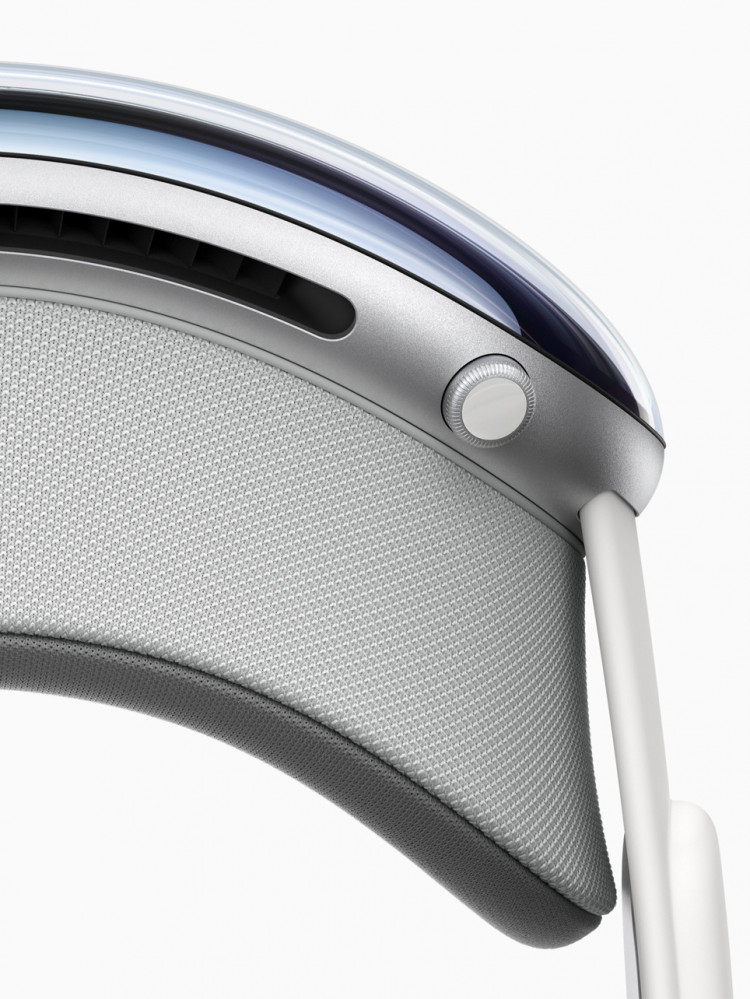Apple has made a significant shift in its strategy for the high-end headset market by pausing the development of the next-generation Vision Pro headset. This decision comes after recent international expansions and previews of the VisionOS 2 features.
According to media reports on June 18, Apple has informed at least one supplier to halt the development of the second-generation high-end Vision headset. A former Apple employee revealed that over the past year, Apple has gradually deprioritized Vision Pro development and reduced the project's workforce. Apple has not officially commented on this matter.
This move follows the international expansion of Vision Pro and a preview of VisionOS 2. The decision was influenced by the slowing sales of the $3,500 Vision Pro device and a re-evaluation of Apple's product line and R&D priorities. Instead, Apple is now focusing on developing a more affordable version of Vision, following Meta's example, with plans to release it by the end of 2025.
Following this announcement, Apple's stock fell sharply, dropping nearly 1.5% during intraday trading.
Market Response and Criticism
Vision Pro, launched in the U.S. in February, faced criticism for its limited content, lack of comfort, and restricted usage scenarios. Independent reviewers pointed out these issues, and some users ceased using the device. In response, Apple announced a new version of the Vision Pro operating system earlier this month to address user complaints and rekindle market interest.
Despite plans to expand Vision Pro into international markets, including China, Japan, Australia, and major European countries by the end of June, a supplier manufacturing Vision Pro components reported a 50% production cut in May after receiving forecasts from Apple about weakened demand in August. The supplier indicated that Apple has produced up to 500,000 units this year, with no plans to increase production by August.
Affordable Vision Model: Lighter and Cheaper
Reports indicate that Apple's significant bet on augmented reality (AR) includes a strategy to eventually replace the iPhone with lightweight AR glasses, with Vision Pro serving as the initial step to attract consumers and developers to AR technology. Initially, Apple planned to split the Vision product line into two models, akin to the standard and Pro versions of the iPhone.
In 2022, Apple began developing a cheaper Vision series product, internally codenamed N109. The goal was to make this product as affordable as a high-end iPhone, which can retail for up to $1,600. Recent updates suggest the target price for this more affordable Vision model is around $1,500, compared to the Vision Pro's starting price of $3,500.
The more affordable model is expected to retain the high-end display but will feature fewer cameras, a simpler headband, and smaller speakers. According to Apple's supply chain sources, the company aims to reduce the weight of N109 by at least one-third compared to the Vision Pro, which weighs 650 grams (1.43 pounds) and has been reported as uncomfortable for prolonged use.
While the Vision Pro's display is among the most expensive components, Apple aims to maintain the ultra-high-end display in the cheaper model. Efforts to reduce the initial Vision Pro component costs while developing an upgraded Vision Pro display began last year.
Insiders indicate that Sony has been the sole supplier of Vision Pro displays so far. However, Apple is collaborating with China's Seeya Technology to produce more affordable displays, potentially replacing Sony's displays next year. Seeya is working to meet Apple's standards, although success is not guaranteed.
Initially, Apple aimed to launch the more affordable product by the end of 2024. However, as of early this year, the company had yet to produce a prototype of N109. Apple continues to seek cost reduction methods for this version without sacrificing too many key features, potentially delaying the product release to late 2025.
Industry Analyst Perspectives
While Apple may eventually resume development of high-end Vision products, the current pause could impact the AR and virtual reality (VR) industries, which view headsets as indicators of consumer demand for high-end devices.
For instance, Meta Platforms initiated the development of a new high-end headset, codenamed La Jolla, five months after Apple announced the Vision Pro. Previously, Meta canceled plans for a more expensive Quest headset after experiencing weak sales of the $1,500 Quest Pro in January 2023. This information comes from former Meta employees, though Meta's spokesperson did not respond to requests for comment.
Industry analysts suggest that a more affordable Vision headset could make AR/VR technology more accessible, expanding Apple's market share in the AR/VR sector and allowing it to compete more effectively with rivals like Meta/Quest. Potential challenges include maintaining product quality while reducing costs.




